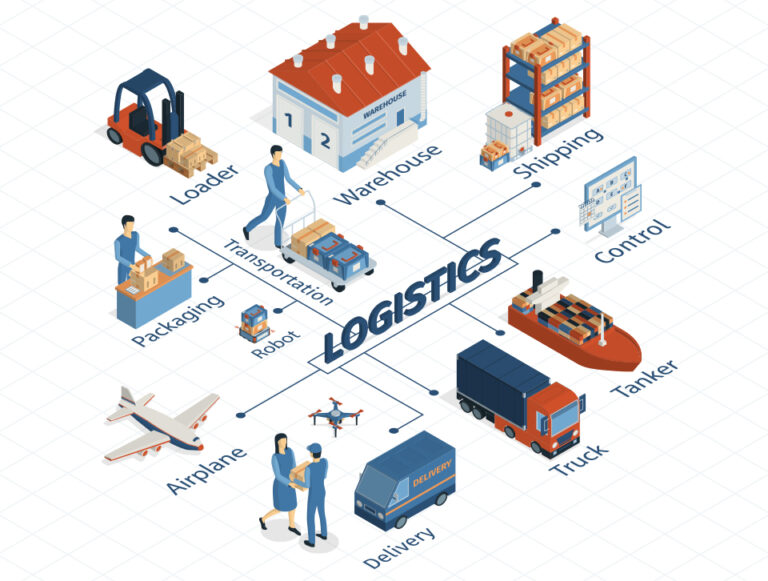PAD LOCK
Cont…
3.Schools and Educational Facilities: Padlocks are often used on lockers in schools, colleges, and universities to secure students’ belongings. Each student typically has their padlock, providing them with a secure space to store personal items while attending classes or extracurricular activities.
4.Commercial and Industrial Sites: Padlocks are employed to secure gates, doors, cabinets, toolboxes, and equipment at commercial and industrial facilities. They help prevent unauthorized access to sensitive areas and protect valuable assets from theft or vandalism.
5.Construction Sites: Padlocks are used to secure construction site entrances, tool storage areas, equipment trailers, and temporary structures. They help ensure the safety and security of construction materials, tools, and machinery when the site is unattended.
6.Public Facilities and Infrastructure: Padlocks are utilized to secure public facilities such as public restrooms, bike racks, park gates, and utility boxes. They help maintain public safety and prevent vandalism or misuse of public property.
7.Storage Units and Warehouses: Padlocks are commonly used to secure storage units, warehouses, and self-storage facilities. They provide tenants with a secure way to protect their stored belongings and inventory from theft or unauthorized access.
8.Vehicles and Transportation: Padlocks are used to secure trailers, cargo containers, truck doors, and vehicle steering wheels. They help prevent theft of vehicles or theft from vehicles by providing a visible deterrent and securing access points.
9.Recreational Activities: Padlocks are used in recreational settings such as gyms, sports facilities, and swimming pools to secure lockers, equipment storage areas, and entry gates. They provide users with a secure space to store personal belongings while engaging in recreational activities.
10.Key Management Systems: Padlocks are incorporated into key management systems used by businesses, hotels, and rental agencies to secure keys for access to rooms, vehicles, or equipment. They help ensure that only authorized individuals can access the keys when needed.
Overall, padlocks serve a wide range of applications across different industries and settings, providing a simple yet effective solution for securing items, locations, and equipment from unauthorized access or theft.

The usage of padlocks extends across numerous industries where security and asset protection are paramount. Here’s a breakdown of industry usage:
-
Construction and Building Maintenance: Padlocks are used to secure construction site gates, equipment storage containers, toolboxes, and access points. They help prevent theft of expensive construction materials, tools, and equipment.
-
Manufacturing and Warehousing: In manufacturing plants and warehouses, padlocks secure gates, doors, cabinets, and machinery. They help protect valuable inventory, equipment, and sensitive areas from unauthorized access or tampering.
-
Transportation and Logistics: Padlocks are used to secure trailers, cargo containers, truck doors, and shipping containers during transportation. They prevent theft of goods in transit and ensure the integrity of shipments.
-
Retail and Commercial Businesses: Retail stores and commercial establishments use padlocks to secure storefront gates, storage areas, cash registers, and merchandise displays. They help prevent shoplifting, secure valuables, and protect assets.
-
Education Institutions: Schools, colleges, and universities utilize padlocks on lockers, classroom cabinets, gymnasiums, and equipment rooms. They provide students and staff with a secure way to store personal belongings and protect school property.
-
Healthcare Facilities: Hospitals, clinics, and medical facilities use padlocks to secure medication carts, supply cabinets, equipment rooms, and restricted areas. They help safeguard medical supplies, pharmaceuticals, and patient information.
-
Utilities and Infrastructure: Padlocks secure access to utility boxes, electrical enclosures, substations, and telecommunications equipment. They prevent unauthorized individuals from tampering with critical infrastructure and ensure public safety.
-
Hospitality and Tourism: Hotels, resorts, and vacation rentals use padlocks on guest room doors, safes, and luggage storage areas. They provide guests with a secure environment and protect their belongings during their stay.
-
Outdoor Recreation and Leisure: Parks, campgrounds, and recreational facilities use padlocks to secure gates, equipment storage areas, and restroom facilities. They help ensure the safety and security of visitors and protect park amenities from vandalism.
-
Government and Military: Government agencies, military installations, and law enforcement agencies use padlocks to secure sensitive areas, equipment, and storage facilities. They help maintain security protocols and protect classified information.
In summary, padlocks are widely utilized across various industries to provide physical security, prevent unauthorized access, and protect assets, inventory, and sensitive information. Their versatility, durability, and ease of use make them a popular choice for securing a wide range of applications in both commercial and industrial settings.

